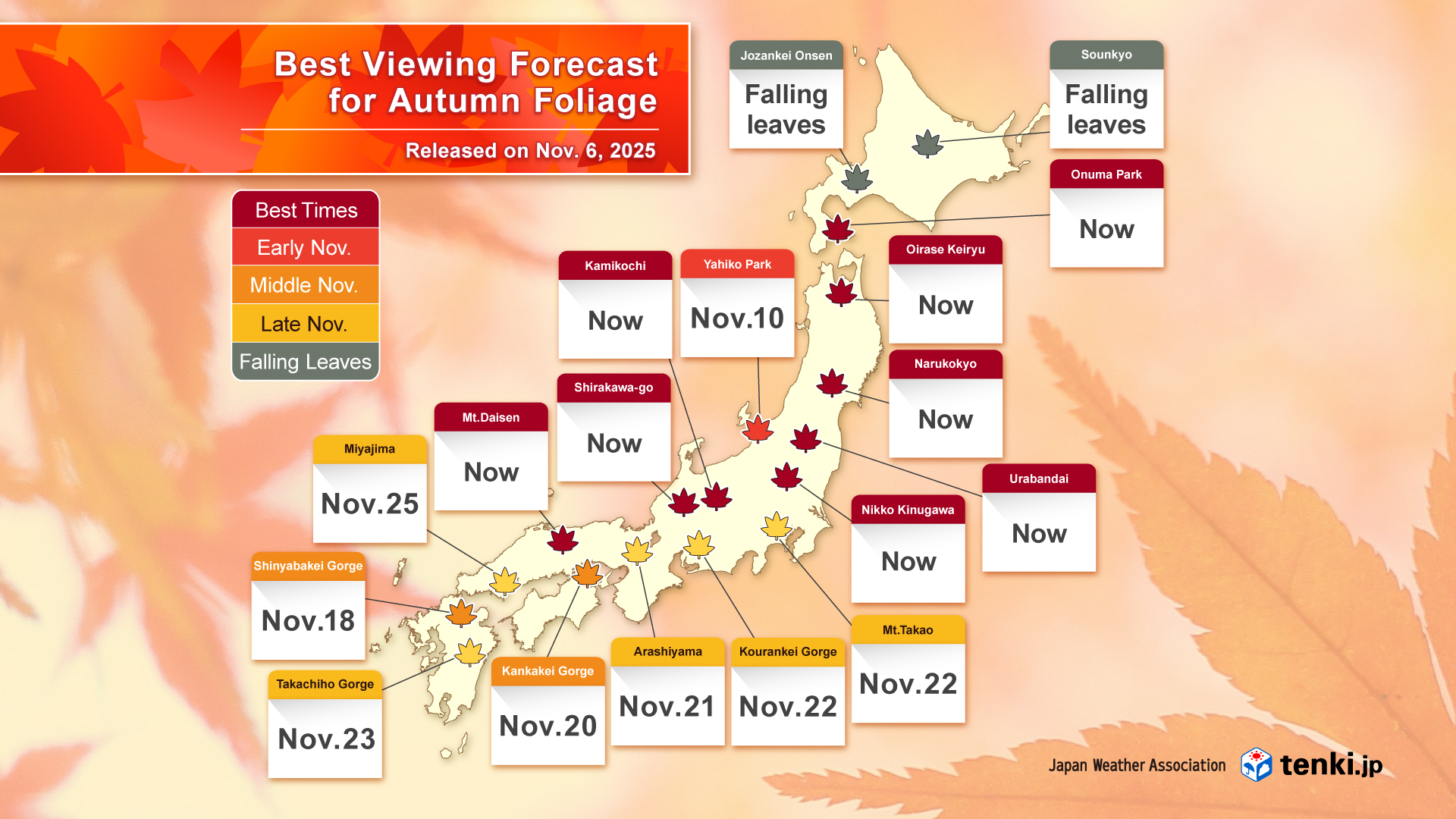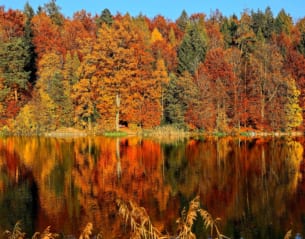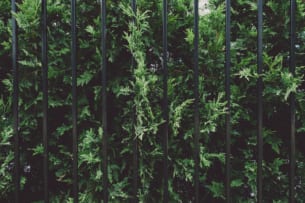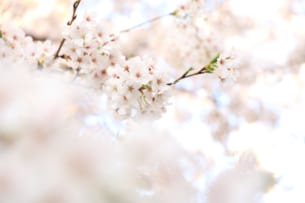2025, 3rd Autumn Foliage Peak Viewing Forecast
Color Change Likely to Be Delayed in the Lowlands of Eastern Japan and Across Western Japan; Peak Viewing Expected in Many Areas from Late November Onward
Press Release
Japan Weather Association (JWA) released the third Autumn Foliage Peak Viewing Forecast on November 6, 2025.

【Autumn Foliage Peak Forecast for Various Regions Across Japan】
This year, the peak viewing period for autumn foliage is expected to be later than usual in many regions nationwide.
The timing of peak autumn foliage depends on autumn (September–November) temperatures: cooler weather accelerates leaf coloring, while warmer weather delays it. From September through mid-October, temperatures were higher than average nationwide. However, from late October onward, temperatures fell below average, mainly in northern and eastern Japan.
In November, northern Japan is expected to be occasionally affected by cold air, whereas in eastern and western Japan, cold air will have little influence, and temperatures are likely to remain above average. As a result, the peak viewing period in eastern and western Japan—where foliage has yet to reach its peak—is expected to be later than usual in many areas.
【Regional Autumn Foliage Peak Forecast】
■ Northern Japan (Hokkaido and Tohoku)
The peak viewing period for autumn foliage is expected to be later than usual in many areas.
In northern Japan, temperatures remained above average until around mid-October. As a result, in Hokkaido, many locations experienced later peaks than usual.
In the Tohoku region, leaf coloring had been later than usual, but the cold spell in late October accelerated the coloring process, and many spots have reached their peak viewing. Throughout November, there will still be days affected by cold air, and in spots yet to reach their peak, many are expected to reach peak foliage around mid-November.
■ Eastern Japan (Kanto-Koshin, Hokuriku, Tokai)
The peak viewing period for autumn foliage is expected to be later than usual in many areas.
Temperatures remained generally above average from September through mid-October, but have been below average since late October. As a result, in higher-altitude foliage spots, coloring has progressed, and many locations have already reached their peak. As November temperatures are expected to be above average, the peak viewing period in lowland areas is likely to be later than usual in many spots.
■ Western Japan (Kinki, Chugoku, Shikoku, Kyushu)
The peak viewing period for autumn foliage is expected to be later than usual in many areas.
Temperatures remained generally above average from September through mid-October, but have mostly returned to seasonal norms since late October. However, as November temperatures are expected to be above average, the peak viewing period is likely to be later than usual in many foliage spots across western Japan.
【Autumn Foliage Forecast by tenki.jp】 *Only available in Japanese.
Details of the 2025 “Autumn Foliage Peak Viewing Forecast” along with information on foliage spots nationwide beyond the major locations listed above are available on “tenki.jp”.
https://tenki.jp/kouyou/expectation.html
PC: https://tenki.jp/kouyou/
Tablet / Smartphone: https://tenki.jp/lite/kouyou/
PLEASE REFRAIN FROM USING THIS INFORMATION FOR CORPORATE PURPOSES WITHOUT PERMISSION (QUOTATIONS IN PRESS RELEASES OR USE FOR PROMOTIONAL PURPOSES AMONG OTHERS ARE PROHIBITIED).
For corporate use, including product PR, please contact us using the inquiry form provided in the link below.
https://www.jwa.or.jp/english/contact/
【Frequently Asked Questions about the 2025 Autumn Foliage Peak Viewing Forecast 】
Japan Weather Association (JWA) has compiled answers to frequently asked questions regarding its Peak Viewing Forecast for Autumn Foliage.
Q1: What is the release schedule for the Forecast?
A1: This year, the forecast will be released three times, and this third announcement will be the final one.
Q2: How does temperature affect the timing of peak viewing for autumn foliage?
A2: The peak viewing period of autumn foliage is influenced by temperatures in autumn (September–November). Cooler autumn temperatures typically lead to an earlier peak, while warmer temperatures delay it.
Q3: How does Japan Weather Association (JWA) forecast autumn foliage peak viewing?
A3: JWA analyzes the correlation between past maple leaf coloring dates and temperature data observed by the Japan Meteorological Agency across various regions. Based on this analysis, JWA has developed its own forecasting formula. Using this formula, JWA combines the 2025 observed temperatures with its forecasts of upcoming temperatures in each region to predict the timing of peak autumn foliage.
Q4: What is the criterion for determining the peak viewing time of autumn foliage?
A4: It is defined as the stage when the majority of the leaves on maple trees have turned red.
Q5: How does the timing differ in high-altitude areas?
A5: In high-elevation locations, the peak viewing period is generally expected to occur earlier than in the surrounding lower region.
Q6: Where can I check the autumn foliage forecasts?
A6: The forecast is available free of charge on the JWA corporate website (https://www.jwa.or.jp/english/) and on JWA’s weather forecasting platform “tenki.jp” (https://tenki.jp/).
Q7: Can the Forecast be used outside Japan?
A7: Autumn foliage is a seasonal phenomenon in Japan that we hope people around the world can enjoy. For inquiries regarding corporate use outside Japan, please contact us via the inquiry form:
https://www.jwa.or.jp/english/contact/
Originally released in Japanese: 2025/10/6
PDF DOWNLOAD:2025, 3rd Autumn Foliage Peak Viewing Forecast


